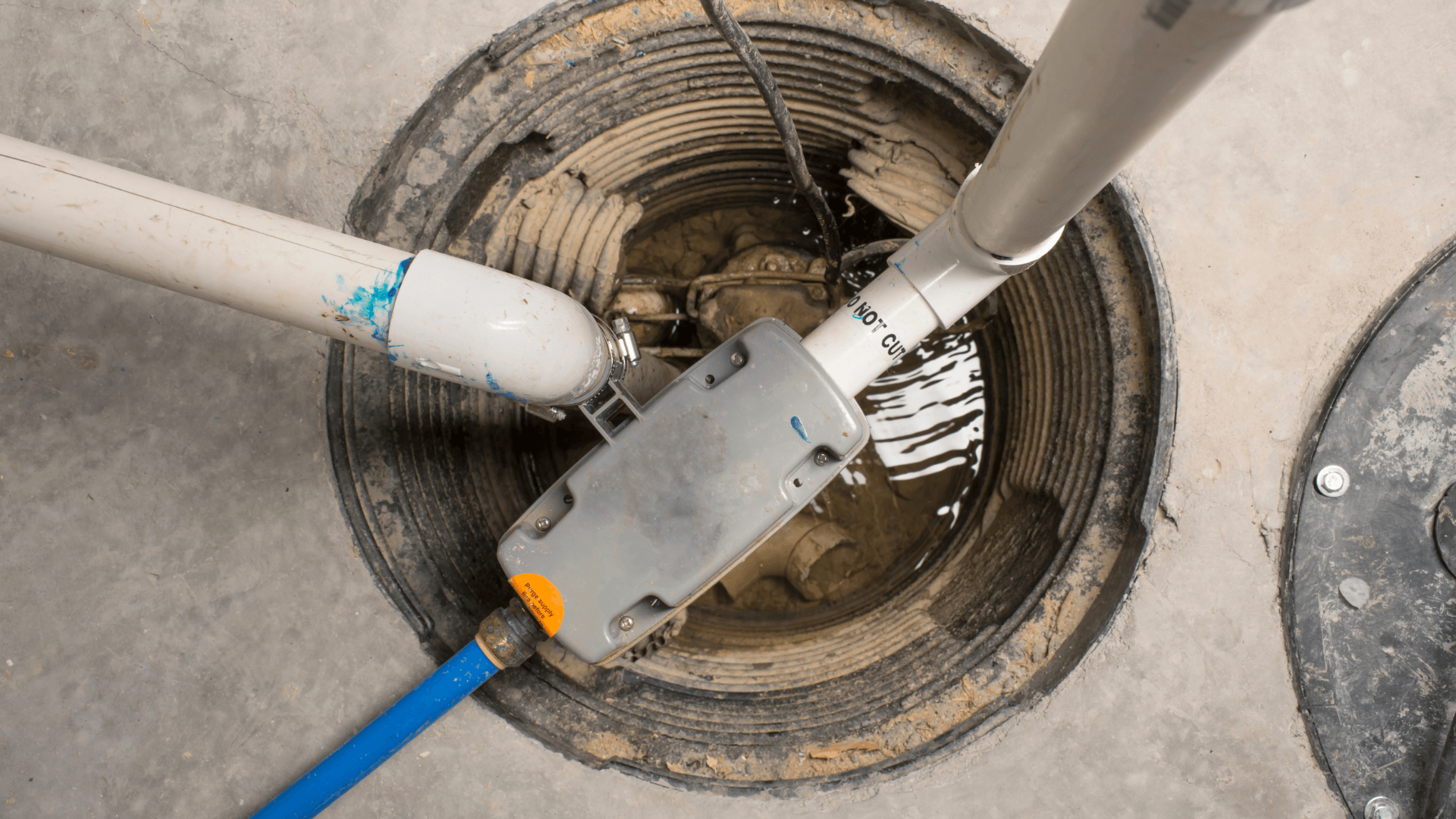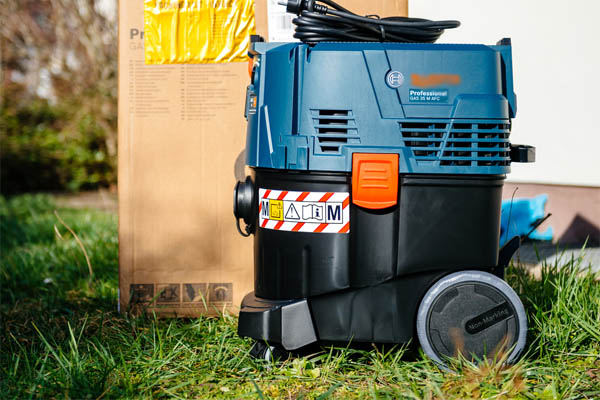Just how do you really feel in regards to How To Effectively Clean A Sump Pump?

Sump pumps are critical elements in several homes, specifically in areas prone to flooding or excessive wetness. They aid stop water damage by successfully eliminating excess water from basements or crawl spaces. Nevertheless, like any other home appliance, sump pumps require regular upkeep to ensure they operate properly when needed the most. Cleansing your sump pump is an essential part of its maintenance, and comprehending exactly how to do it correctly can save you from expensive repairs and prospective disasters.
Intro
Maintaining a clean sump pump is vital for its appropriate performance and longevity. Ignoring this vital task can cause blockages, breakdowns, and inevitably, water damage to your property. Therefore, learning just how to clean up a sump pump is critical for homeowners that rely on these tools to keep their cellars completely dry and safeguarded.
Comprehending the Sump Pump
Prior to diving right into the cleaning procedure, it's important to have a standard understanding of just how a sump pump works. Typically installed in a pit or container below the cellar flooring, a sump pump includes a number of essential elements, consisting of a pump, a float button, and a discharge pipe. When water gathers in the pit, the float switch activates the pump, which after that pumps the water out via the discharge pipe, far from the structure's foundation.
Signs of a Dirty Sump Pump
Recognizing when your sump pump requires cleaning is critical for avoiding prospective malfunctions. Some usual signs that indicate a dirty sump pump consist of odd noises throughout operation, decreased water flow, and visible debris in the pit. If you discover any of these symptoms, it's important to clean your sump pump quickly to stay clear of any type of additional issues.
Planning for Cleansing
Prior to you begin cleansing your sump pump, it's necessary to take some security precautions. Beginning by shutting down the power to the pump to stay clear of any type of electrical accidents. In addition, wear appropriate protective equipment, such as gloves and goggles, to shield on your own from dust, particles, and possible microorganisms.
Step-by-step Overview to Cleansing a Sump Pump
Shutting Off the Power
Begin by detaching the power supply to the sump pump to stop any kind of accidents while cleaning.
Removing Particles and Dirt
Use a pail or a scoop to eliminate any noticeable debris, dust, or debris from the sump pit. Dispose of the debris appropriately to stop it from clogging the pump or the discharge pipeline.
Cleansing the Pump and Drift Change
Once the pit is clear of debris, very carefully remove the pump from the pit. Inspect the pump and the float button for any type of indications of damages or wear. Use a soft brush or fabric to clean up the surfaces and remove any type of accumulated crud.
Purging the System
After cleansing the pump and float button, flush the sump pit with clean water to remove any type of staying dust or debris. This will certainly aid make sure that the pump runs smoothly and successfully.
Checking for Correct Functioning
Prior to re-installing the pump, execute a quick test to ensure that the float switch turns on the pump properly. Put some water right into the sump pit and observe the pump's procedure. If every little thing is operating appropriately, you can reconstruct the pump and reconnect the power supply.
Maintenance Tips to Keep Your Sump Pump Clean
In addition to regular cleansing, there are numerous upkeep tips you can follow to maintain your sump pump in optimum problem:
Verdict
Cleaning your sump pump is an important element of its maintenance and makes certain that it operates properly when you require it one of the most. By following the actions outlined in this guide and incorporating regular maintenance right into your regimen, you can prolong the life expectancy of your sump pump and secure your home from water damages.
6 STEPS ON HOW TO CLEAN A SUMP PUMP PROPERLY
UNDERSTANDING SUMP PUMPS
Your sump pump plays a crucial role in protecting your home by managing and removing excess water. It primarily functions as a “shield”, guarding your basement against the damaging effects of water accumulation. The pump is housed in a sump pit in the lowest part of your basement, and its job is to pump out any water that collects there.
During heavy rainfalls or when snow melts rapidly, water can infiltrate your basement, posing potential risks like flooding, structural damage, and harmful mold growth. Here, the sump pump springs into action, pumping out the intruding water and directing it away from your home.
SAFETY FIRST
Before cleaning, remember to prioritize safety. Disconnect the sump pump from the power source to prevent any accidental electric shocks. Also, wear sturdy gloves to protect your hands from any sharp or dirty components within the pump.
REMOVE THE SUMP PUMP
After ensuring your safety, the next step is to remove the sump pump from its pit. Doing this might require careful maneuvering as you don’t want to damage any pump components. Once removed, clean the sump pit to remove any accumulated debris or sludge.
INSPECT THE PUMP
Inspect the pump for any visible signs of wear or damage. Check the power cord, float switch, and impeller housing. If any components look worn out or damaged, consider replacing them to ensure optimal performance.
CLEAN THE PUMP
Thoroughly clean the pump with warm, soapy water. Make sure to rid it of any dirt, gravel, or other debris that might impede its performance. You can use a toothbrush to clean the small, hard-to-reach parts of the pump.
REINSTALL THE SUMP PUMP
Reinstall the pump into the sump pit Make sure it’s positioned correctly to remove the water effectively Once it’s back in place, reconnect it to the power source TEST THE PUMP
Finally, pour some water into the pit to ensure the pump works correctly. It should start automatically and begin pumping out the water; if it doesn’t, check the power source and the positioning of the pump.
Remember, while cleaning your sump pump is an essential part of home maintenance, hiring a professional plumber for a thorough inspection and cleaning at least once a year is also important. This will ensure that your pump is in optimal condition, ready to protect your home from potential water damage.
BEST PRACTICES FOR CLEANING SUMP PUMP DISCHARGE PIPES
Regular Inspection: Regularly inspect your discharge pipes, especially during heavy rainfall or snowmelt periods. Look for any signs of blockage or damage. Early detection of problems can prevent serious issues down the line. Periodic Cleaning: Over time, sediment and debris can accumulate in the discharge pipes, impeding the flow of water. Regular cleaning helps keep the pipes clear and functioning efficiently. You can use a high-pressure water jet to effectively clean the pipes. Insulation During Winter: In colder climates, discharge pipes can freeze, blocking the outflow of water. Protect your discharge pipes from freezing temperatures by insulating them with foam pipe insulation. This will ensure the sump pump can continue to discharge water even in freezing conditions. Proper Positioning: The discharge pipe should be positioned to direct water away from your home’s foundation. Improper positioning can lead to water seeping back into the basement. Ensure the pipe is long enough and angled correctly. Installation of a Check Valve: A check valve prevents water from flowing back into your sump pit after the pump has pushed it out. Installing a check valve helps maintain the efficiency of your sump pump and reduces the risk of flooding. Minimize Pipe Turns: Every curve or turn in the discharge pipe can decrease the efficiency of water flow. By minimizing turns and bends in your discharge pipe, you can increase the efficiency of your sump pump. https://www.fullspeedplumbing.com/how-to-clean-a-sump-pump-properly9999/

As an avid person who reads on Steps to Cleaning Your Sump Pump Properly, I thought sharing that excerpt was important. Sharing is nice. You won't know, you will be helping someone out. Thank-you for taking the time to read it.
Visit Url
 Tatyana Ali Then & Now!
Tatyana Ali Then & Now! Raquel Welch Then & Now!
Raquel Welch Then & Now! Bo Derek Then & Now!
Bo Derek Then & Now! Samantha Fox Then & Now!
Samantha Fox Then & Now! Lacey Chabert Then & Now!
Lacey Chabert Then & Now!